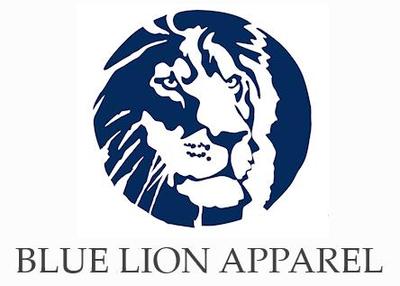Handheld emperor
Nintendo, a Japanese electronics company, started as a hanafuda cards manufacturer in 1889. In the mid-1970s, they entered the early video games market and became famous for their home video and handheld game consoles. Nintendo introduced consoles like the NES, SNES, and Wii. But the most revolutionary was for sure the Game Boy.
A countdown of Nintendo handhelds

- Game & Watch was Nintendo's first product offering out-of-home gaming. From 1980 to 1991, over a hundred games were released, gaining great popularity.
- In 1989, the original Game Boy was released. The new amazing machine utilized a cartridge system, allowing the users to play a multitude of games of all kinds. This was a historical game-changer.
- It was followed by a number of versions, such as Game Boy Color or Game Boy Advance.
- In 2004, Nintendo introduced a new console family called the Nintendo DS. It sported a dual LCD screen in a folded shell, with the lower one being a touchscreen.
- The most prominent development was Nintendo 3DS, which offered a 3D display.
- 2017 brought the hybrid experience for both couch-preferring gamers and handheld enthusiasts with the release of the Nintendo Switch. It offers both a TV mode with high-definition graphics and a handheld mode using the built-in 6.2" display.
Handheld consoles' popularity
While the most recent Switch is a prevalent choice nowadays, the 2DS and 3DS consoles are still popular. The king, however, is none other than the original wonder — the Game Boy.
| Console | Production dates | Pieces sold (2021) |
| Game & Watch | 1980-1991, 2020-2021 | 44 million |
| Game Boy | 1989-2010 | 201 million 1 |
| Nintendo DS | 2011-2020 | 76 million 2 |
| Switch | since 2017 | 140 million 3 |
|
1 119 million Game Boy and Game Boy Color variants, 82 million Game Boy Advance variants. 2 Including all versions: DS, DSi, 2DS, 3DS, and New 2DS/3DS variants. 3 As of early 2024. |
||
Handheld gaming experience
It's dangerous to go alone! Take this.
The Legend of Zelda, 1986
Games offered by Nintendo include multiple genres, out of which the famous platformer arcade Super Mario  and the adventure role-play Legend of Zelda
and the adventure role-play Legend of Zelda  series are probably the most iconic.
series are probably the most iconic.
Games that can be played on the handheld family include (examples of games listed):
- Action & adventure games
- The Legend of Zelda series
- Chrono Trigger
- First-person action games
- Splatoon
- Role-playing games (RPG)
- The Pokémon series
- The Final Fantasy series




